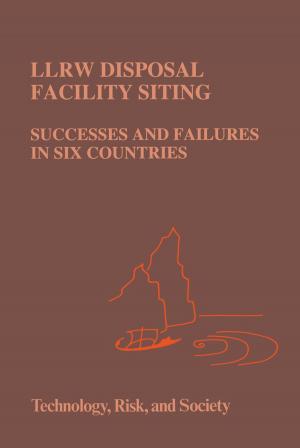Knowledge and the Known
Historical Perspectives in Epistemology
Nonfiction, Religion & Spirituality, Philosophy, Modern| Author: | Jaakko Hintikka | ISBN: | 9789401022170 |
| Publisher: | Springer Netherlands | Publication: | December 6, 2012 |
| Imprint: | Springer | Language: | English |
| Author: | Jaakko Hintikka |
| ISBN: | 9789401022170 |
| Publisher: | Springer Netherlands |
| Publication: | December 6, 2012 |
| Imprint: | Springer |
| Language: | English |
A word of warning concerning the aims of this volume is in order. Other wise some readers might be unpleasantly surprised by the fact that two of the chapters of an ostensibly historical book are largely topical rather than historical. They are Chapters 7 and 9, respectively entitled 'Are Logical Truths Analytic?' and 'A Priori Truths and Things-In-Them selves'. Moreover, the history dealt with in Chapter 11 is so recent as to have more critical than antiquarian interest. This mixture of materials may seem all the more surprising as I shall myself criticize (in Chapter I) too facile assimilations of earlier thinkers' concepts and problems to later ones. There is no inconsistency here, it seems to me. The aims of the present volume are historical, and for that very purpose, for the purpose of understanding and evaluating earlier thinkers it is vital to know the conceptual landscape in which they were moving. A crude analogy may be helpful here. No military historian can afford to neglect the topo graphy of the battles he is studying. If he does not know in some detail what kind of pass Thermopylae is or on what sort of ridge the battle of Bussaco was fought, he has no business of discussing these battles, even if this topographical information alone does not yet amount to historical knowledge.
A word of warning concerning the aims of this volume is in order. Other wise some readers might be unpleasantly surprised by the fact that two of the chapters of an ostensibly historical book are largely topical rather than historical. They are Chapters 7 and 9, respectively entitled 'Are Logical Truths Analytic?' and 'A Priori Truths and Things-In-Them selves'. Moreover, the history dealt with in Chapter 11 is so recent as to have more critical than antiquarian interest. This mixture of materials may seem all the more surprising as I shall myself criticize (in Chapter I) too facile assimilations of earlier thinkers' concepts and problems to later ones. There is no inconsistency here, it seems to me. The aims of the present volume are historical, and for that very purpose, for the purpose of understanding and evaluating earlier thinkers it is vital to know the conceptual landscape in which they were moving. A crude analogy may be helpful here. No military historian can afford to neglect the topo graphy of the battles he is studying. If he does not know in some detail what kind of pass Thermopylae is or on what sort of ridge the battle of Bussaco was fought, he has no business of discussing these battles, even if this topographical information alone does not yet amount to historical knowledge.















